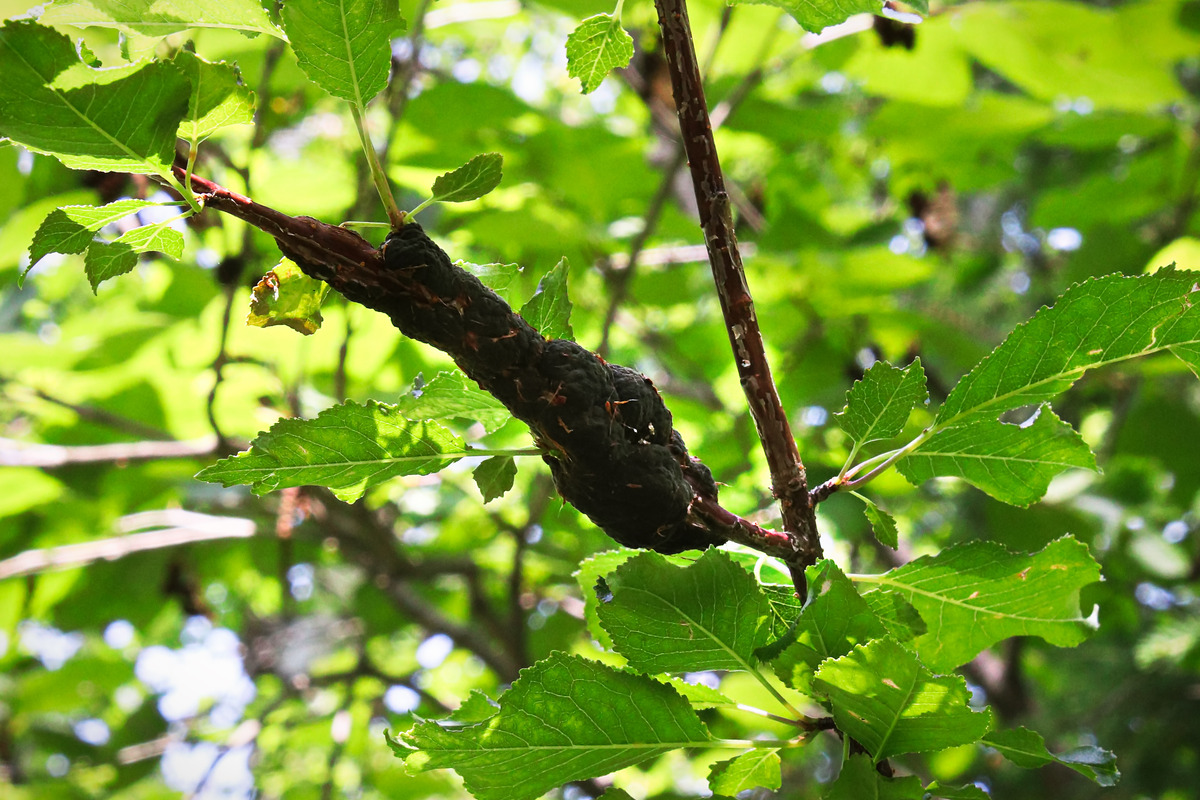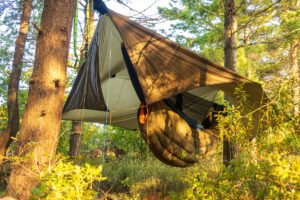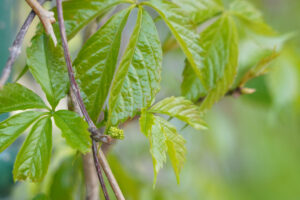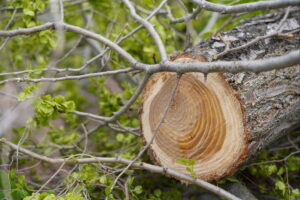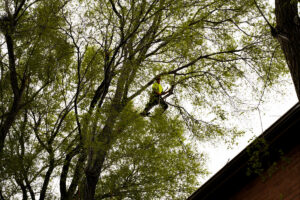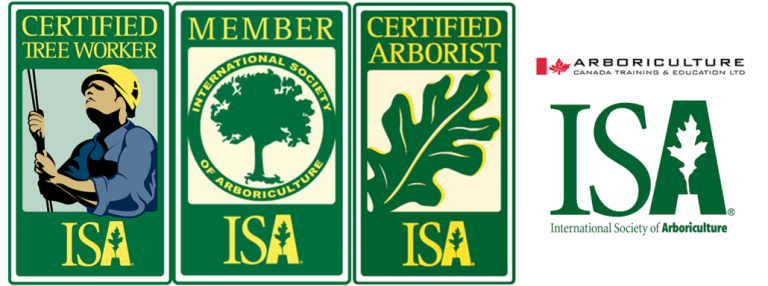Tree diseases pose a significant threat to tree health, weakening their structure, disrupting nutrient flow, and leading to the decline of entire tree populations. These infections can spread through various means, including insects, environmental stressors, and human activity, making early detection and prevention essential for preserving trees and maintaining healthy landscapes. Recognizing the signs – such as discoloration, wilting, and decay – can help mitigate the impact of fungal tree diseases before they become widespread. In this guide, we’ll explore common tree fungal infections in Ontario and how to treat diseased trees, along with best strategies for prevention.
How tree diseases spread
There are many ways that common tree diseases in Ontario spread, such as fungal infections spreading from infected trees to healthy trees. Insects and pests may also carry diseases via root grafts. Furthermore, tree health can be compromised by environmental conditions like drought, frost, and sun scalding, making trees more susceptible to fungal infections. In addition to environmental factors, human elements such as mechanical injuries from lawnmowers, string trimmers, or improper pruning can create openings in trees, allowing infections to take hold.
Understanding Tree Diseases and Fungal Infections
There are several common types of tree diseases that affect Ontario’s trees. To give you a better sense of affected tree species, causation, and symptoms, let’s dive into three primary types of infection below.
Dutch Elm disease
Dutch Elm Disease (DED) particularly affects Ontario’s American Elm and Red Elm. This detrimental fungal infection spreads by elm bark beetles, creating blockages throughout the tree’s water systems.
How to tell if your tree has Dutch Elm Disease
Common symptoms include yellowing and wilting leaves that remain attached but cause sparse patches throughout the tree’s canopy. As a result, leaves either fail to grow back entirely during the following year or grow under-size and wither. Other symptoms include brown discoloration via the outer sapwood and branch dieback.
Oak Wilt Tree Disease
Oak wilt in Ontario was first detected in 2023 in the Niagara Falls region. It’s an invasive fungal disease that restricts water and nutrient flows throughout oak trees and even disrupts local ecosystems. While it affects all oak species, red oaks are much more susceptible to oak wilt than their counterparts.
The disease is primarily spread via root grafts, in addition to sap-feeding beetles that are attracted to fungal mats, which develop throughout the spring and fall seasons. Fungal mats are often white, grey, or black, form under the bark, and release a fruity odor. Spores from fungal mats then stick to the beetles and are distributed to wounds of healthy oak trees.
Oak Wilt Symptoms
Symptoms include black stains throughout the tree’s sapwood, as well as discolored leaves beginning at the top of trees. Leaf colours change starting at the leaf tip then gradually moving inwards and may drop off prematurely during the summer months.
Cankers
Tree cankers are localized dead areas on bark, stems, or branches. They develop over time as sunken, swollen, cracked, or discolored patches on the tree’s surface. Fungal cankers can arise from infections and diseases, like the Nectria Canker, the Hypoxylon Canker, and the Cytospor Canker.
They can also occur from any number of sources, such as:
- Bacterial infections – entering tree wounds or leaf scarring.
- Environmental stress – drought, frost, and sun scalding.
- Mechanical injury – lawnmowers or common pruning.
Symptoms
Further symptoms of cankers can depend on the classification of the tree. For example, leaves may wilt on deciduous trees as a result of cankers, and needles may brown and fall out on conifer trees. Dark lesions may appear on branches, stems, or trunks, which then ooze and stain the bark.
How to treat diseased trees – treatment strategies
Learn to recognize symptoms of infection and how to treat a diseased tree. A consulting arborist can recognize the early signs of tree diseases and efficiently mitigate the infection to prevent further spread.
Utilize proper pruning techniques and disinfect pruning tools once the pruning job or service is complete, to prevent further infection. Safely dispose of infected wood and leaves to reduce the chances of spreading between infected and healthy trees.
Select an effective chemical treatment for specific tree diseases. Consider using beneficial fungi and bacteria to combat infections naturally.
Get to the root of the problem by ensuring thorough soil enhancement as well as aeration and drainage correction. Plant your trees in well-drained, sunlit locations and incorporate fertilization strategies to strengthen tree immunity.
Ensure Long-Term Tree Health and Fungal Prevention
Tree disease can threaten the health and longevity of Ontario’s trees, but is managed effectively by knowing how to treat a diseased tree with the right care and preventative measures. Regular pruning, soil maintenance, and early detection each play a key role in keeping trees strong and resilient. If you suspect tree disease or need expert guidance, our advanced tree care technicians are here to help with identification, containment, and treatment to protect your trees for years to come.

